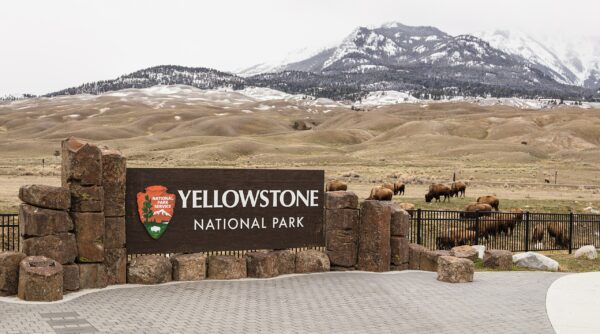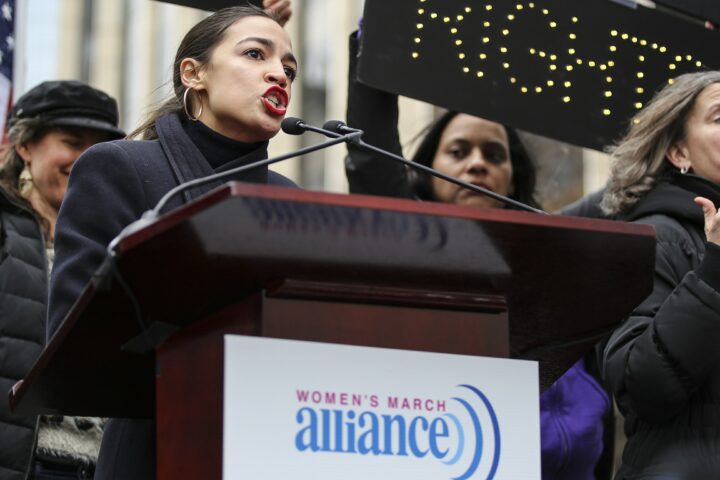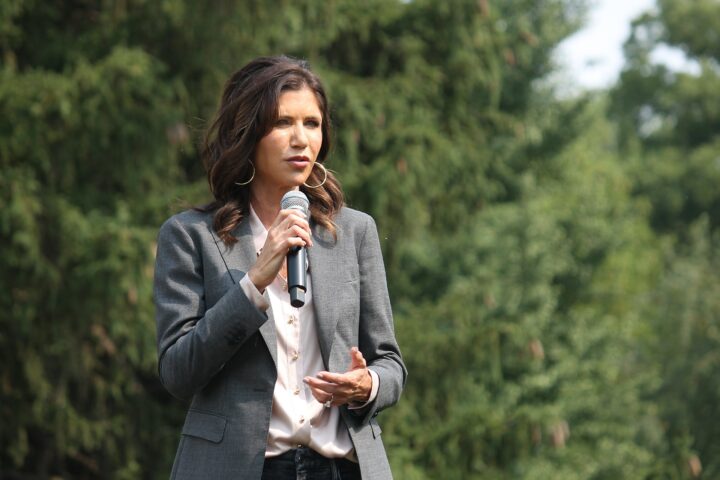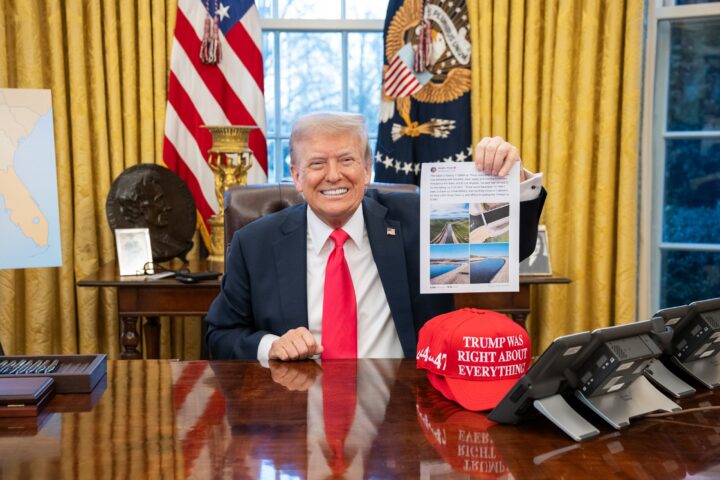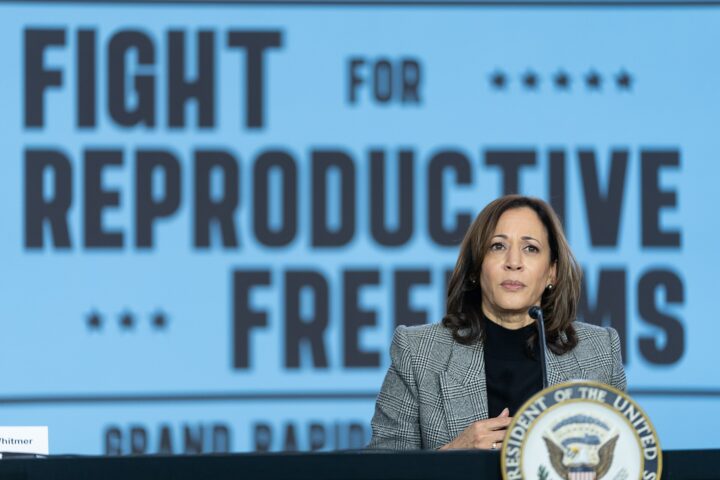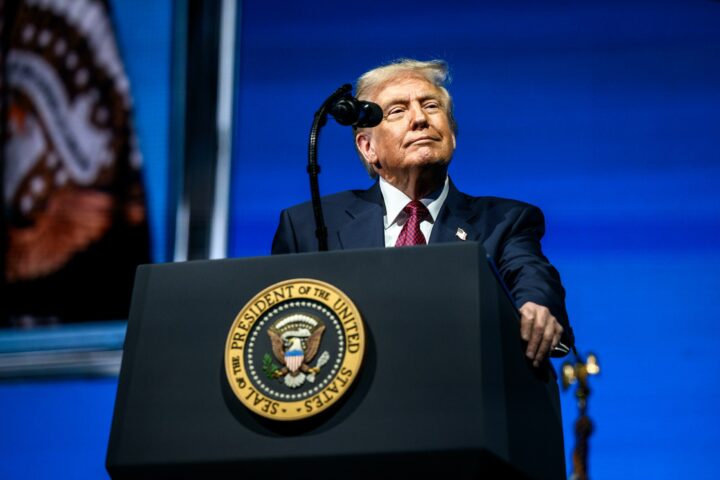The U.S. Department of the Interior has announced a major adjustment to the pricing structure of the America the Beautiful annual pass, the digital pass that grants access to national parks nationwide.
Beginning January 1, 2026, foreign visitors will be required to pay $250 for the annual pass, while the price for American citizens will remain at the long-standing $80 rate. The policy stems directly from a July Executive Order signed by President Donald J. Trump, which directed federal agencies to ensure that U.S. taxpayers are not subsidizing the recreation of international tourists and that the National Park System has the revenue necessary to maintain its infrastructure.
Interior Secretary Doug Burgum made clear that the administration’s intent is to protect American families and guarantee that U.S. citizens—who already fund park operations through tax dollars—retain affordable access to public lands. Burgum stated that “President Trump’s leadership always puts American families first,” and emphasized that international tourists should contribute “their fair share” to help support park upkeep, maintenance, and improvements.
Under the new policy, the higher fee for foreign nationals will help offset the rising cost of maintaining popular parks, many of which have suffered from extended periods of overcrowding, deferred maintenance, and wear on natural resources.
The changes do not stop with adjustments to the annual pass. Foreign visitors who do not purchase the $250 digital pass will also be subject to an additional $100 per-person fee when entering any of the eleven most-visited national parks.
These high-traffic sites include Yellowstone, Yosemite, Zion, the Grand Canyon, Rocky Mountain National Park, and other iconic destinations that consistently rank among the most heavily used public lands in the United States. Administration officials argue that these parks face the steepest maintenance burdens and require increased financial support from the international tourists who contribute significantly to crowding and infrastructure strain.
The Department of the Interior also clarified adjustments to what the pass covers for vehicle entry. The annual pass will now grant access for up to two motorcycles, an increase from the previous limit of one. Policies for other vehicles remain unchanged, allowing entry for one personal vehicle per pass when visiting parks that charge per-vehicle admission fees.
The additional revenue generated by these fee adjustments will be reinvested directly into the National Park System to address long-standing maintenance backlogs, upgrade visitor facilities, expand staffing for safety and conservation programs, and improve overall visitor services across the country.
The announcement also introduced new digital pass options targeting specific groups. Veterans and Gold Star families will continue to receive free lifetime passes honoring their service and sacrifice. Active-duty military members and their families will have access to annual passes priced at $20.
Seniors aged 62 and older can choose between an $80 lifetime pass or a more affordable $20 annual pass.
Additionally, American fourth graders will continue to enjoy free access to national parks through August 2026, a program intended to introduce children to public lands and promote future stewardship.
These digital passes will be available for purchase through Recreation.gov at the start of the new year and may be stored electronically through mobile apps or digital wallets.
Physical passes will continue to be offered for those who prefer traditional, non-digital formats.
Finally, the National Park Service announced that in 2026 there will be eight designated fee-free days for Americans visiting national parks. These begin with Presidents’ Day on February 16 and include Memorial Day, Flag Day, Veterans Day, and other dates that celebrate national heritage and service.
The move reflects the administration’s goal of ensuring broad access for American citizens while requiring foreign visitors to shoulder more of the financial burden associated with maintaining the nation’s most treasured public spaces.

